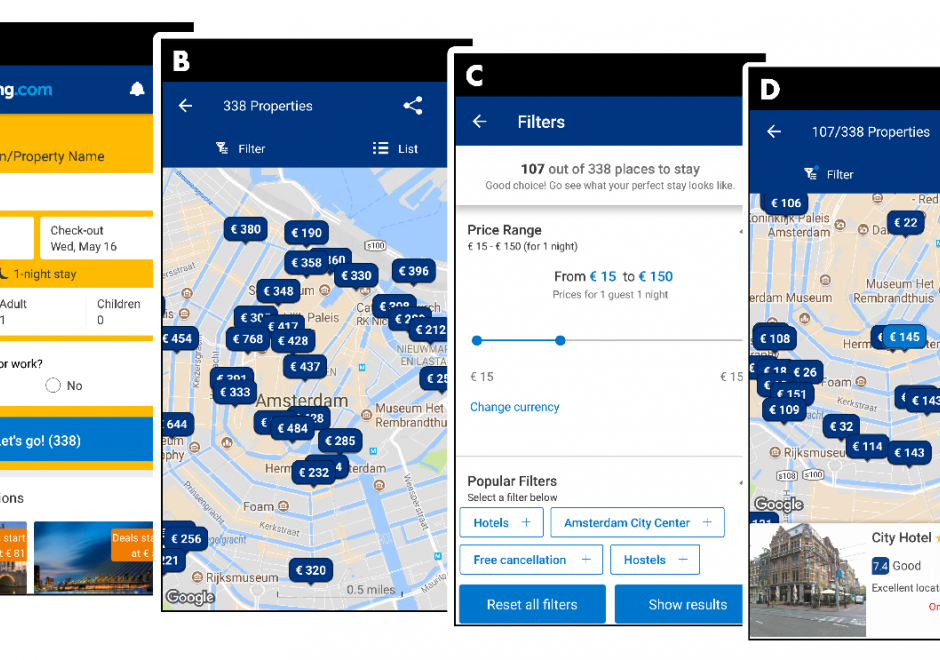CV-25 - Metadata, Quality, and Uncertainty

- Describe a scenario in which possible errors in a map may impact subsequent decision making, such as a land use decision based on a soils map
- Evaluate the uncertainty inherent in a map
- Compare the decisions made using a map with a reliability overlay from those made using a map pair separating data and reliability, both drawn from the same dataset
- Critique the assumption that maps can or should be “accurate”



DM-57 - Metadata